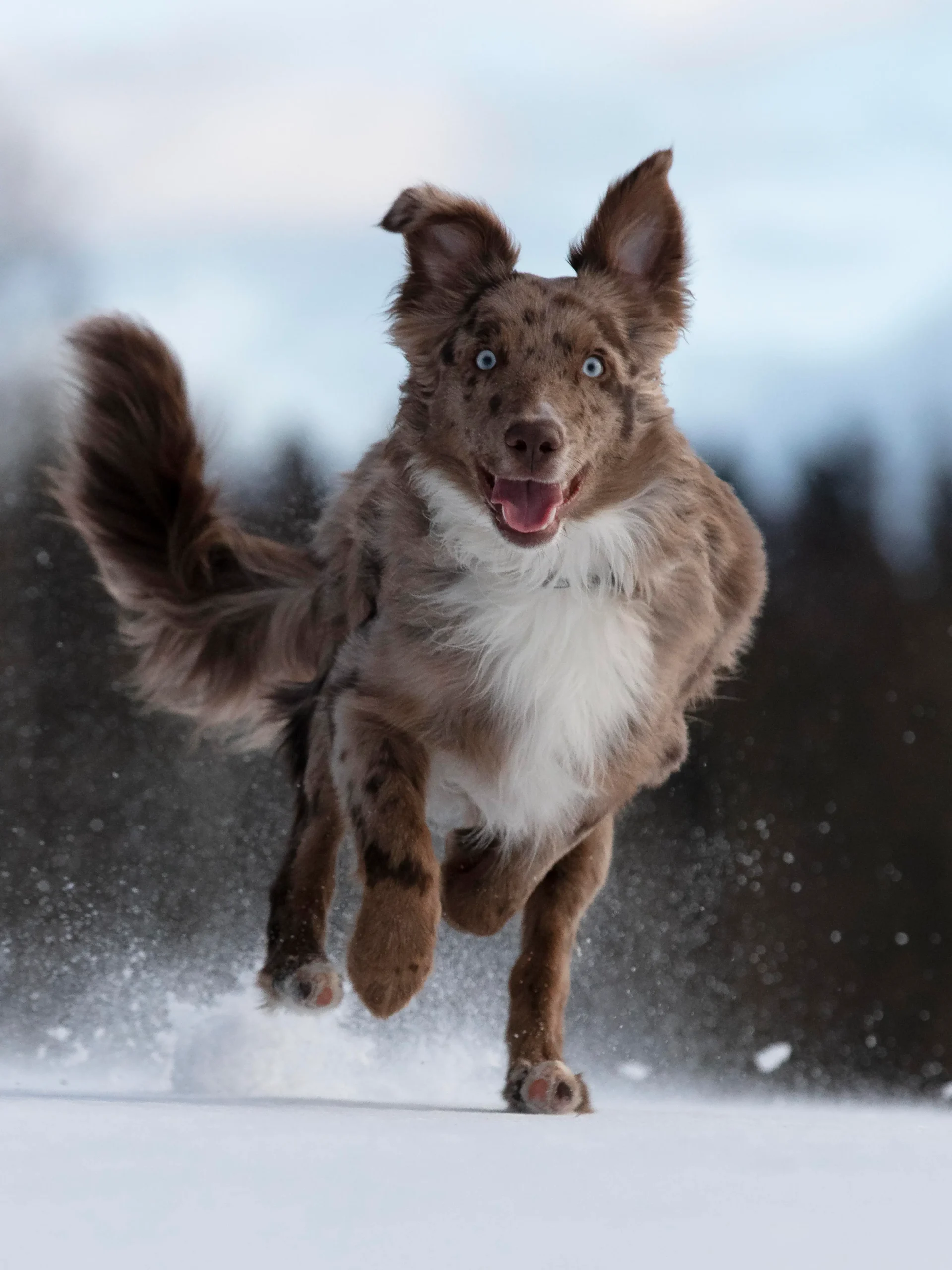“Dogs on the Move: Understanding Canine Compulsion to Chase Cars”
10 Reasons Why Dogs Chase Cars: Understanding Canine Behavior

Dogs chasing cars is a common sight in many neighborhoods, often leaving owners puzzled about their pet’s behavior. While it may seem harmless or even amusing at first glance, there are underlying reasons behind this behavior that deserve exploration. In this post, we’ll delve into 10 reasons why dogs chase cars, shedding light on their instincts, emotions, and natural tendencies.
1. Instinctual Prey Drive
Dogs, descendants of wolves, have inherited a strong prey drive. The sight of a moving object triggers their instinct to give chase, mimicking the behavior of their ancestors who hunted for survival. Cars moving at high speeds can particularly stimulate this primal instinct, leading dogs to pursue them as if they were prey.
2. Boredom and Lack of Stimulation
Dogs left alone for extended periods or without adequate mental and physical stimulation may resort to chasing cars as a form of entertainment. Without proper outlets for their energy and curiosity, they may turn to chasing moving objects to alleviate boredom and fulfill their need for activity.
3. Territorial Behavior
Some dogs perceive cars passing by their territory as intruders or threats. In an attempt to protect their territory or assert dominance, they may chase cars as a way of displaying territorial behavior. This behavior is more common in dogs with strong guarding instincts or breeds known for their territorial nature.
4. Social Learning
Dogs are observant creatures that learn from their environment and interactions with other dogs. If a dog witnesses other canines in the neighborhood chasing cars, they may imitate this behavior, considering it a normal part of their social dynamics. This phenomenon highlights the influence of social learning on a dog’s behavior within its community.
5. Unfulfilled Exercise Needs
Dogs require regular exercise to maintain their physical and mental well-being. When their exercise needs are not met through walks, playtime, or other activities, they may resort to chasing cars as a way to release pent-up energy. Adequate exercise not only prevents destructive behaviors but also promotes a healthier lifestyle for dogs.
6. Anxiety and Fear
Dogs experiencing anxiety or fear may exhibit compulsive behaviors, such as chasing cars, as a coping mechanism. Loud noises, unfamiliar surroundings, or traumatic experiences involving vehicles can trigger feelings of apprehension in dogs, prompting them to react by chasing cars in an attempt to control their environment or escape perceived threats.
7. Lack of Training and Reinforcement
Proper training and reinforcement are essential in shaping a dog’s behavior and teaching them appropriate responses to stimuli. Dogs that have not received adequate training or have been inadvertently reinforced for chasing cars may continue to engage in this behavior due to a lack of clear boundaries and consistent guidance from their owners.
8. High Prey Drive Breeds
Certain dog breeds are predisposed to have a higher prey drive than others, making them more prone to chasing cars and other moving objects. Breeds such as Border Collies, Terriers, and Sighthounds are known for their strong instinctual urge to chase, stemming from their historical roles as hunters or herders.
9. Seeking Attention
Dogs are social animals that crave attention and interaction with their human companions. In some cases, chasing cars may be a plea for attention or a way for dogs to engage their owners in a game of chase. This behavior may be reinforced if the dog receives attention or reacts excitedly when their owner intervenes to stop them from chasing cars.
10. Lack of Boundaries and Supervision
Without proper supervision and boundaries set by their owners, dogs may perceive chasing cars as an acceptable behavior. Consistent reinforcement of boundaries, along with positive reinforcement for desired behaviors, can help deter dogs from engaging in car chasing and redirect their focus onto more appropriate activities.
Conclusion
Understanding why dogs chase cars requires insight into their instincts, emotions, and environmental influences. While this behavior may seem puzzling or concerning to dog owners, it often stems from a combination of instinctual drives, unmet needs, and learned behaviors. By addressing these underlying factors through training, enrichment, and positive reinforcement, owners can help their dogs overcome the urge to chase cars and lead happier, safer lives.

